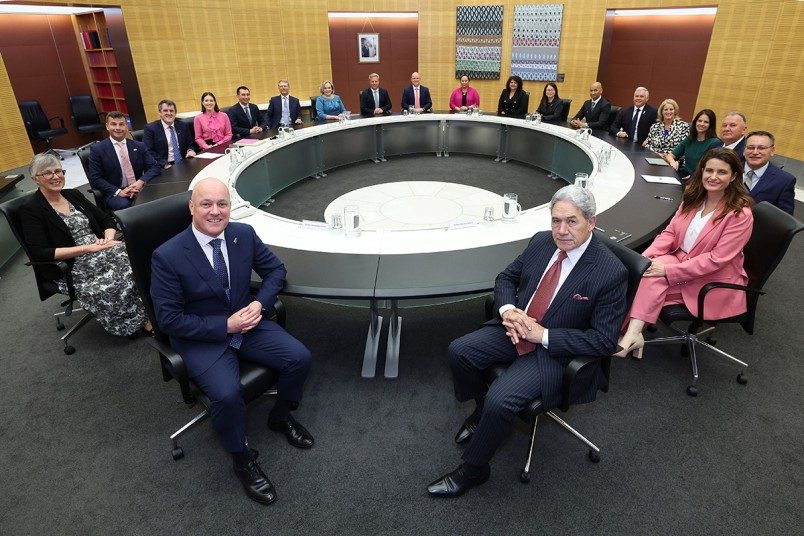New Zealand’s Cabinet has become “one of the most complex systems of executive government in the developed world,” according to a new report by public policy think tank The New Zealand Initiative.
Ministerial Maze Undermining Accountability
New Zealand’s Cabinet has 81 portfolios, 28 ministers and 43 departments, according to the report Unscrambling Government: Less Confusion, More Efficiency. Co-author Roger Partridge said the scale has created a “ministerial maze.” “New Zealand’s ministerial maze means everyone is responsible, but no one is accountable,” he noted.
Fragmentation Driving Costs and Delays
The report argues that fragmented portfolios drive up costs and slow down policymaking. For example, the Ministry of Business, Innovation and Employment (MBIE) reports to 20 different ministers, illustrating how decisions are often delayed and responsibility scattered.
Partridge said the result is poor outcomes on urgent national challenges. “This proliferation undermines effective government,” he said, pointing to areas such as housing, welfare and climate change where progress has been hampered by duplication and overlap.
International Models Highlight Leaner Systems
Ireland, Norway and Singapore operate effectively with 15–20 ministers. The report also cites Australia’s 1987 reforms, which slashed portfolios from 28 to 16. The move created consolidated ministries that remain in place today.
“Australia showed that even a sprawling Cabinet can be decisively streamlined,” the report states.
Proposed Reforms for Efficiency and Focus
The Initiative proposes consolidating New Zealand’s ministries into 15–20 policy domains and reducing departments from 43 to about 20.
The report calls for the introduction of junior ministers, as used in Ireland, Australia and the UK, rather than adding more portfolios. The strategy would be effective in taking on delegated responsibilities while leaving budgetary and final decision-making authority with senior Cabinet members.
Former Treasury Secretary Dr Murray Horn, writing in the report’s foreword, warned that the current structure “makes almost every aspect of good government harder than it needs to be.”
Administrative Restructuring Suggestions
The think tank stresses that Cabinet reform is not merely cosmetic. A smaller Cabinet, it argues, would improve fiscal discipline, strengthen leadership, and reduce the number of veto points in decision-making.
“Reform is essential for greater accountability, faster decision-making and stronger fiscal discipline,” Partridge said.












